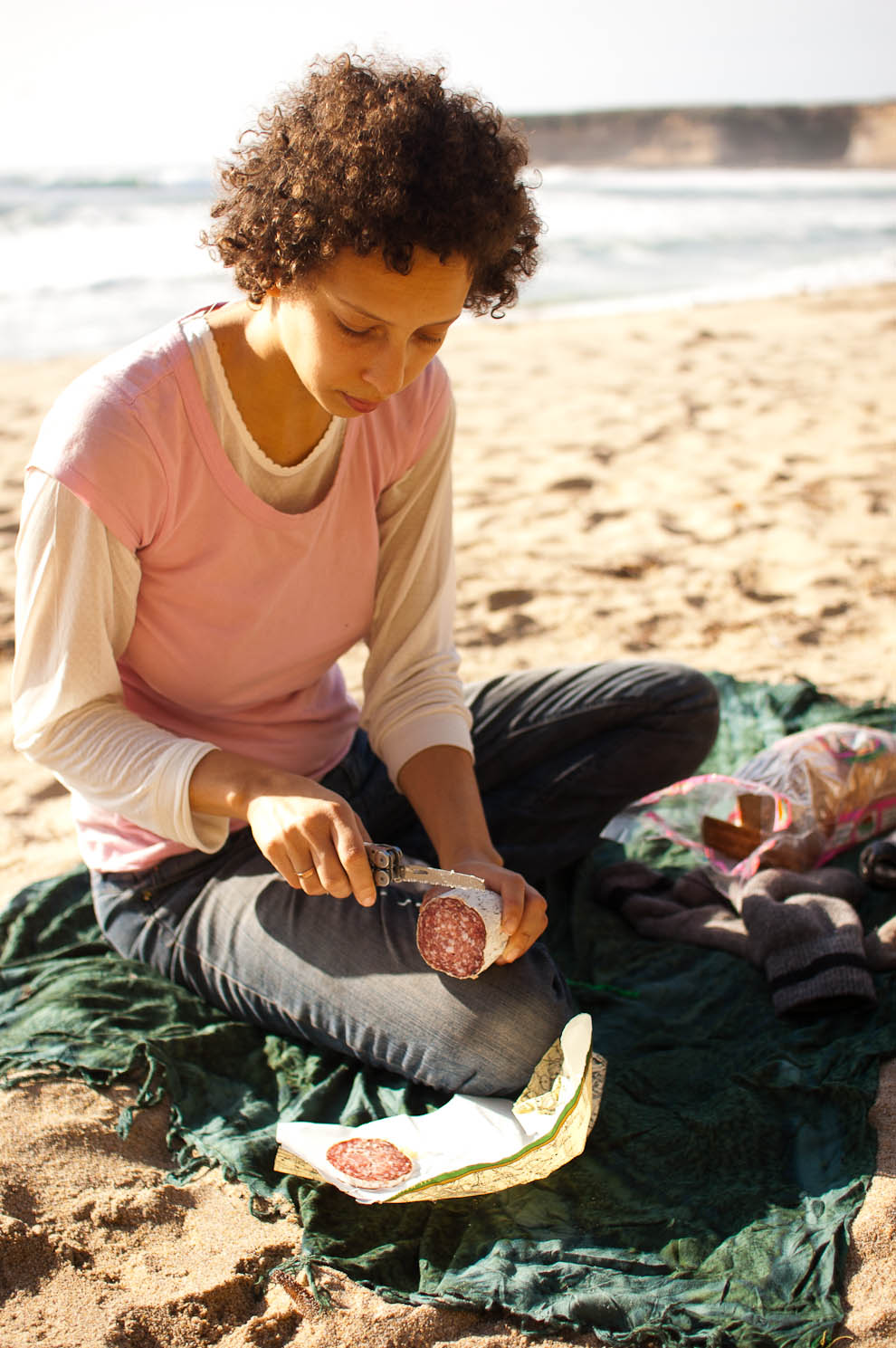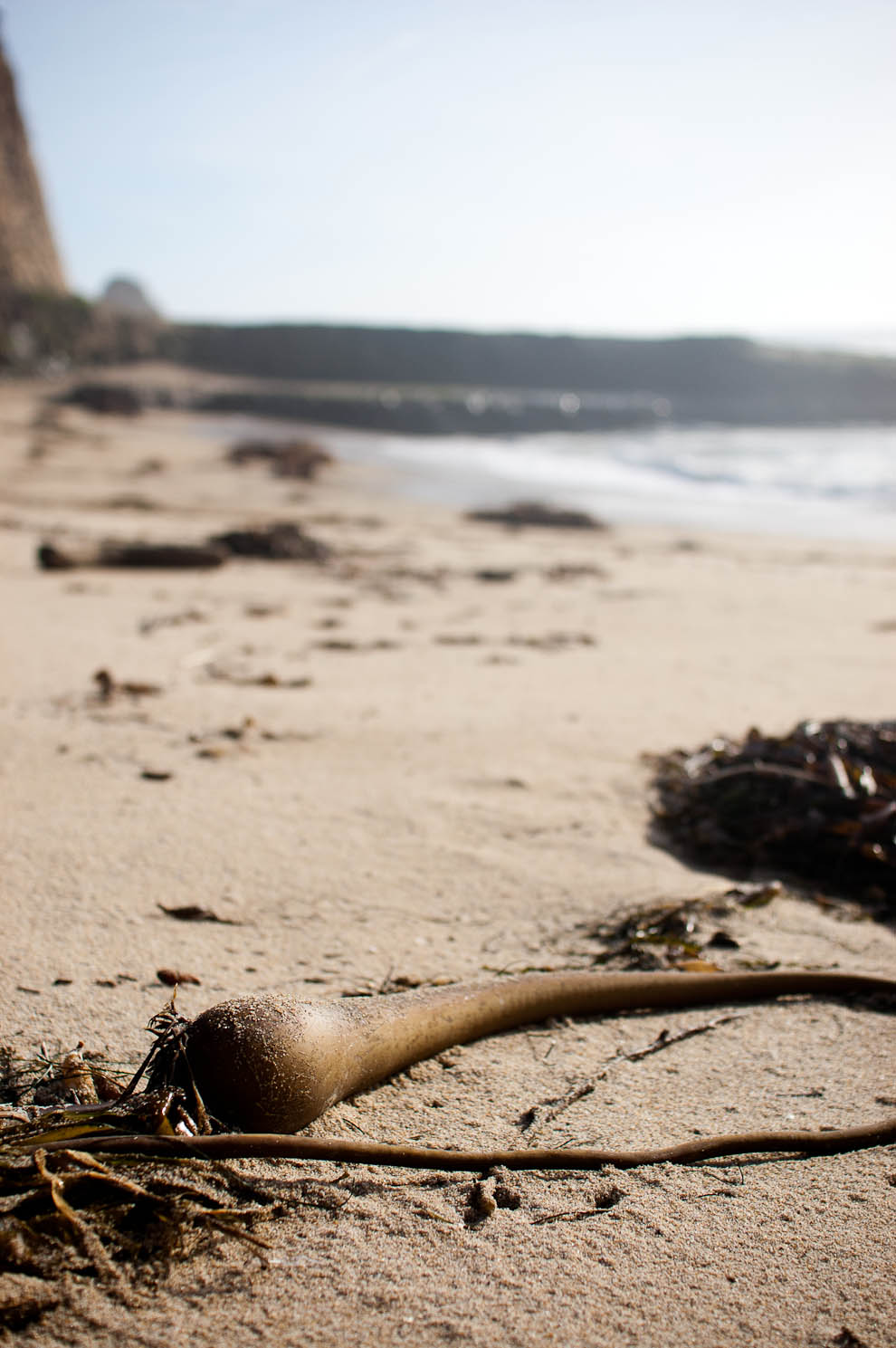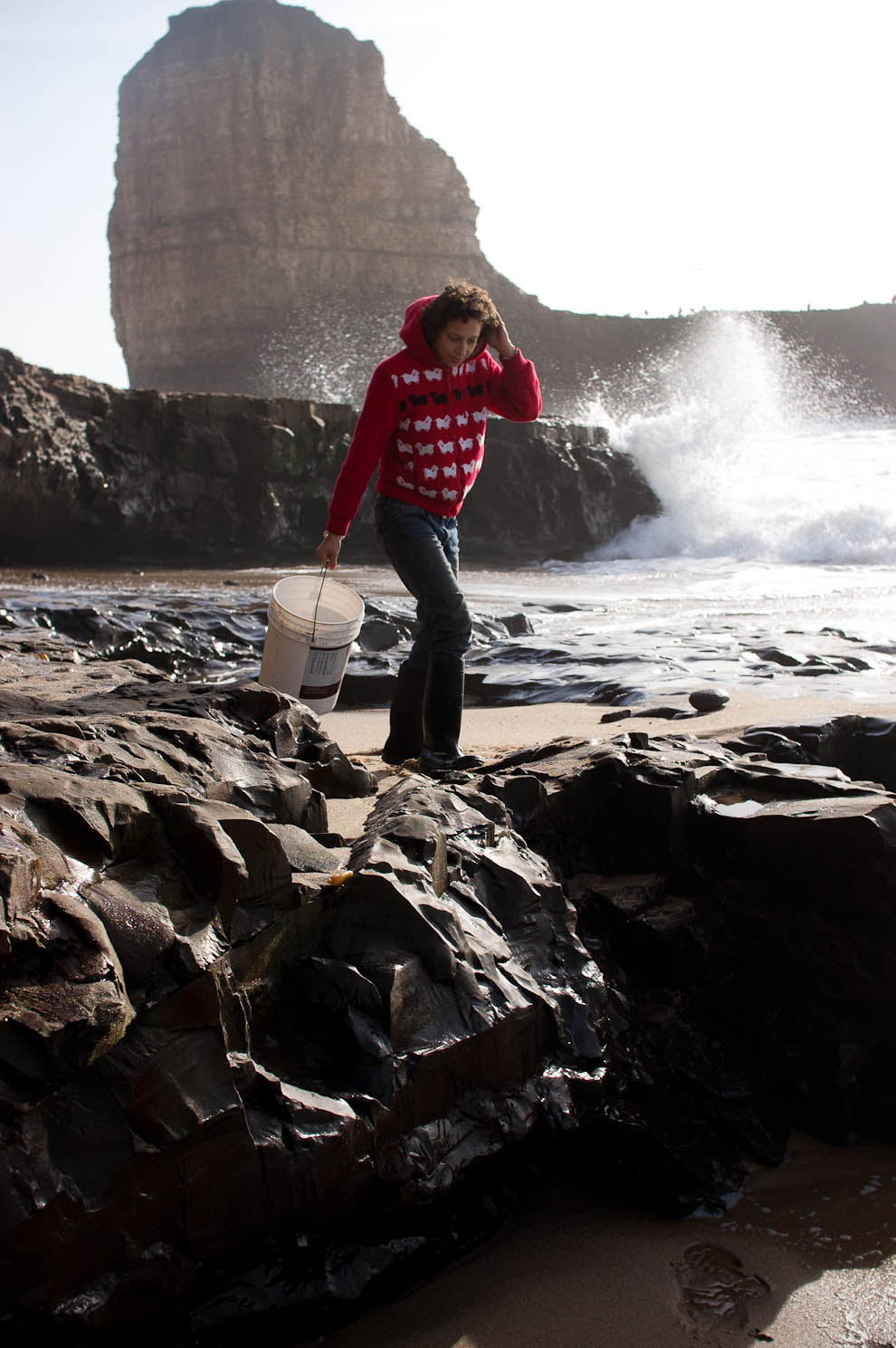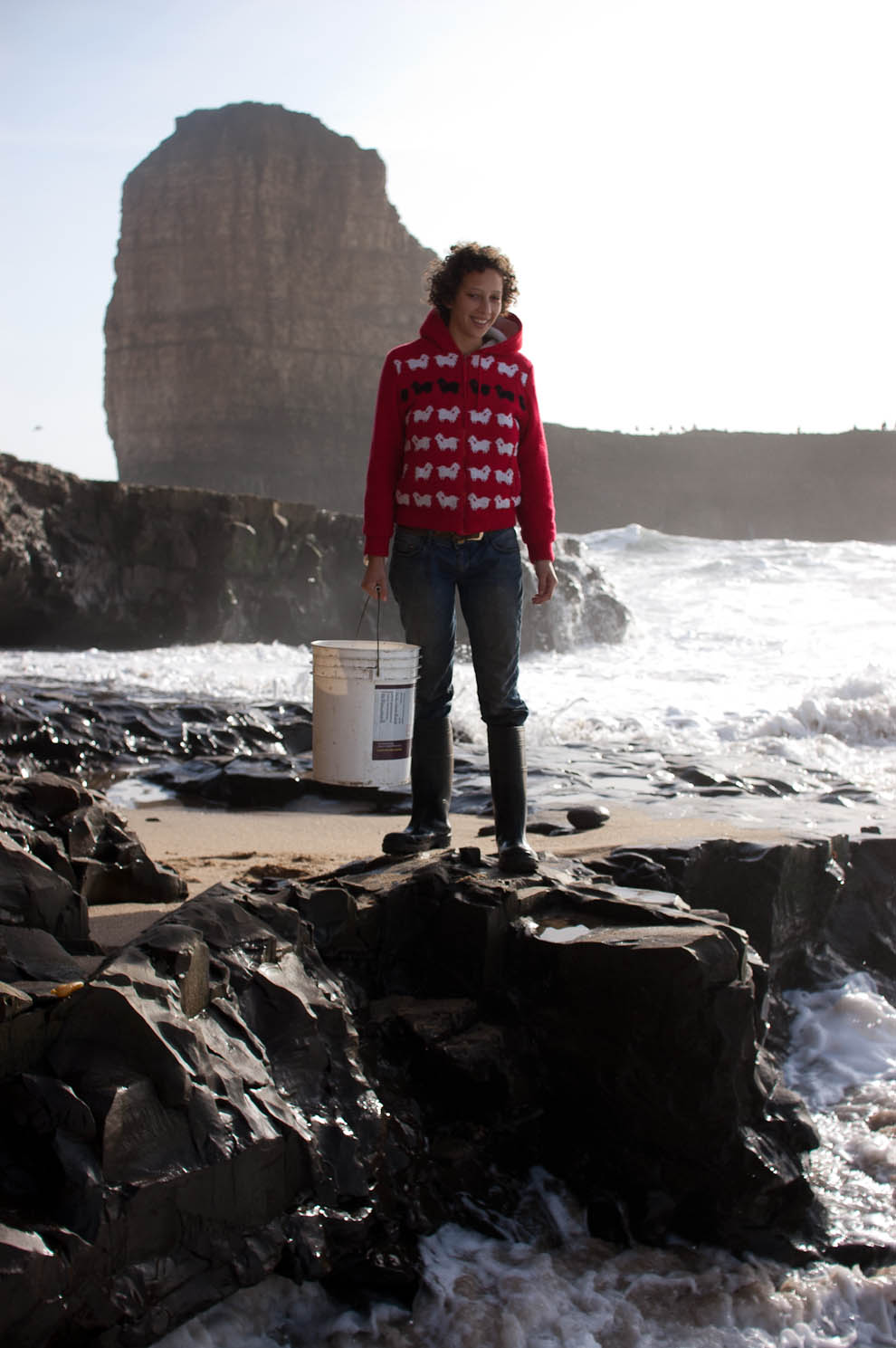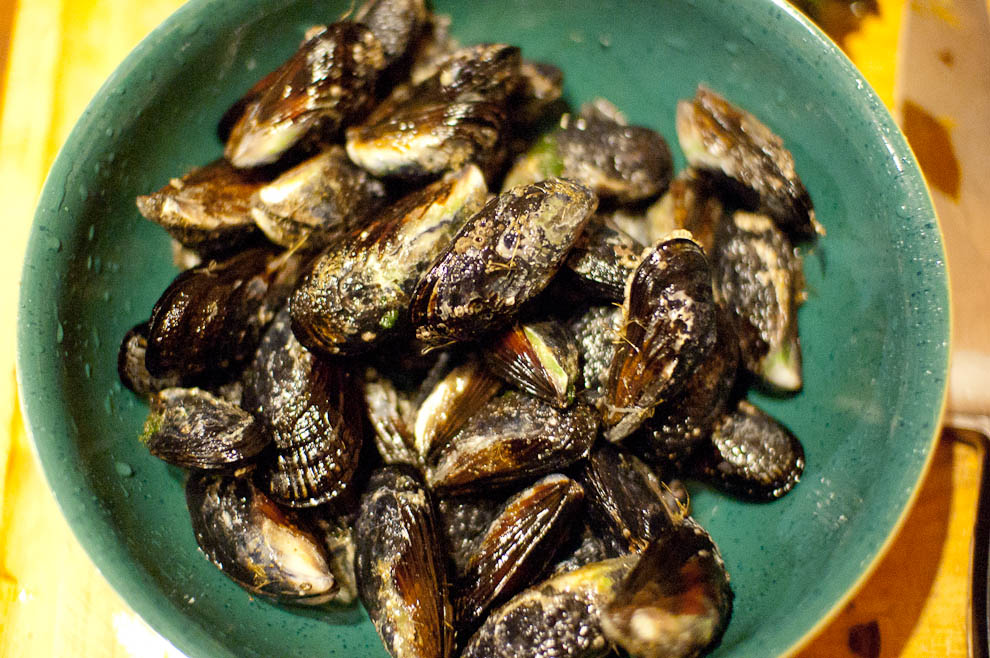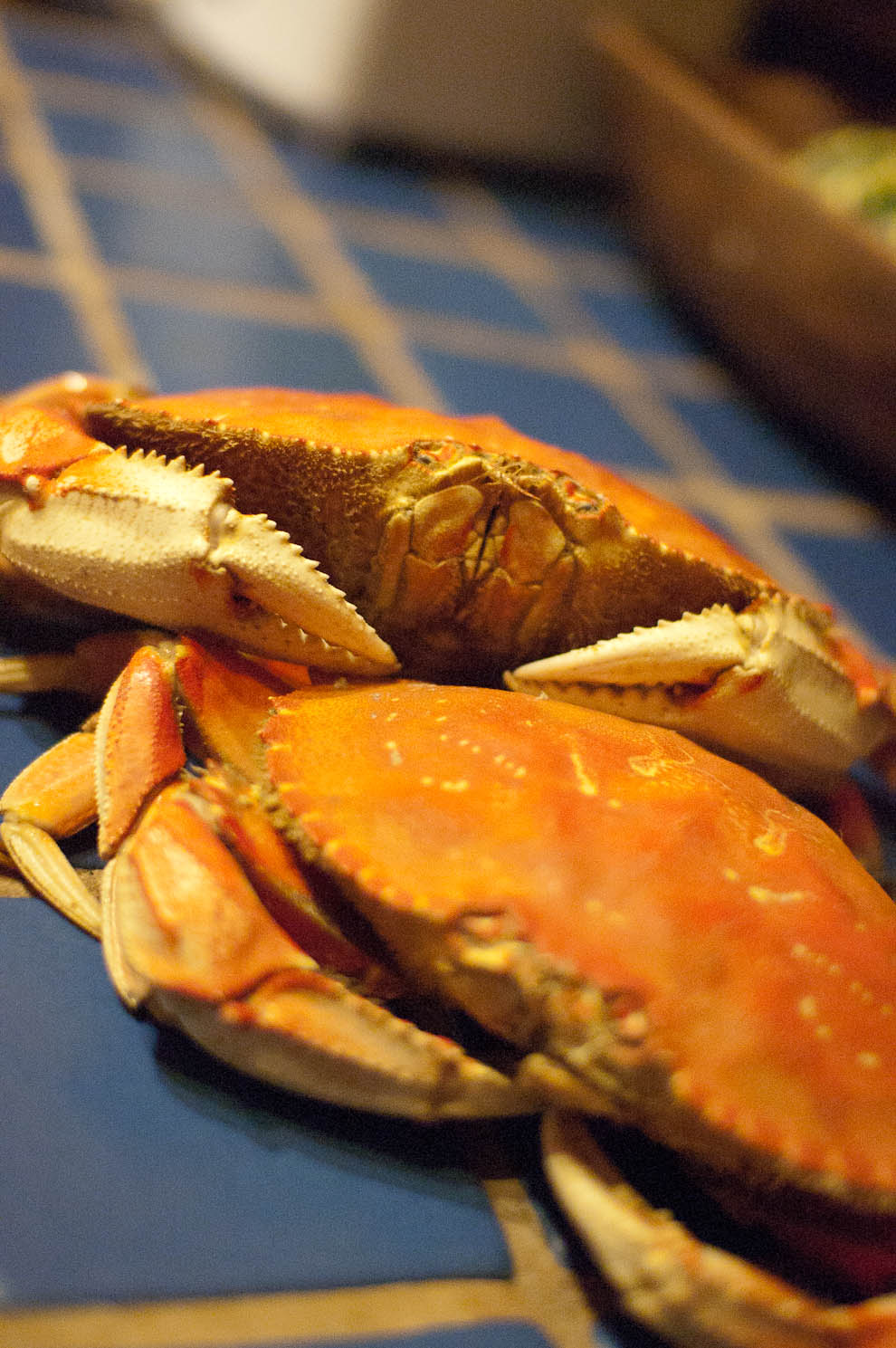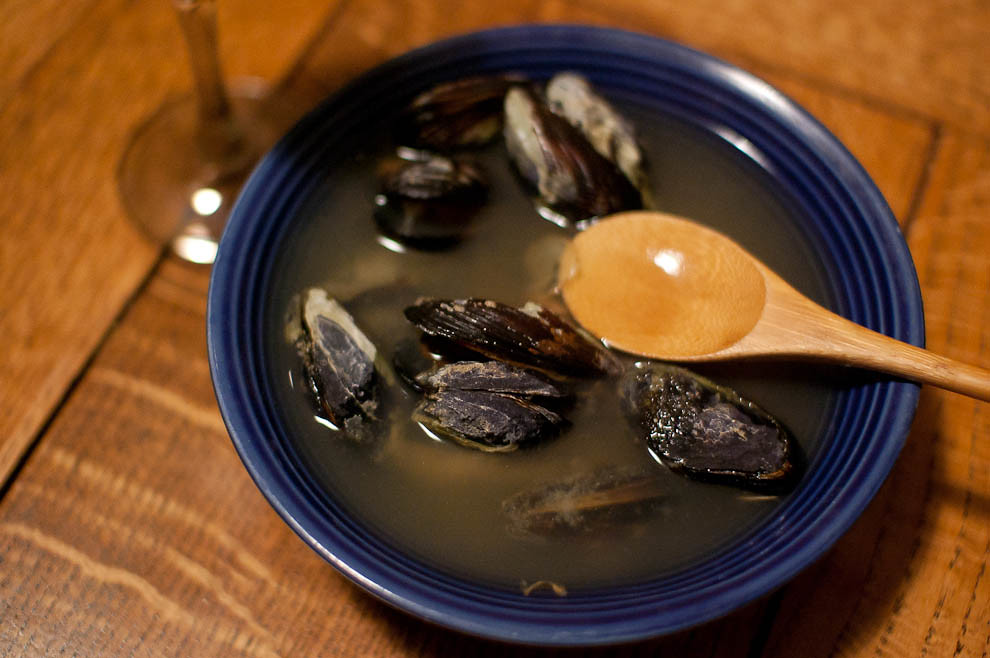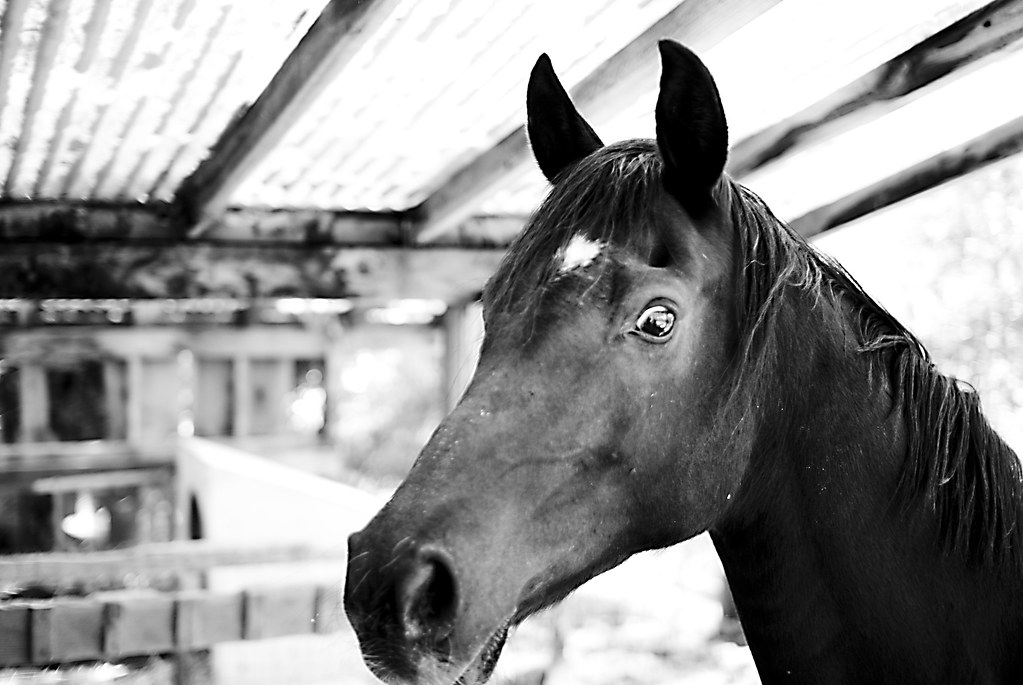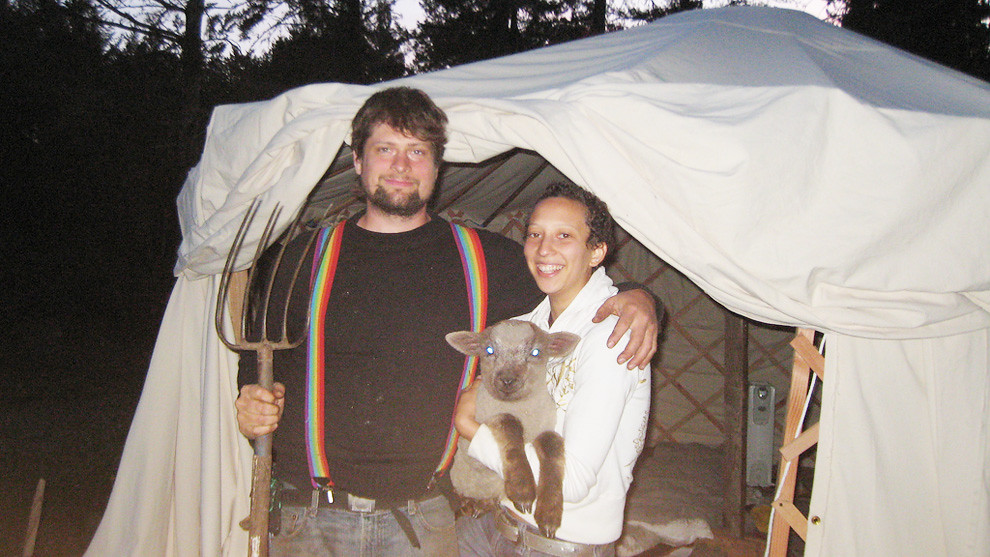We currently live in a Yurt and we're afraid it might be a little less than Santa Cruz winter-proof. We're looking around for a new place, but we're a little confused about the SC codes. I think I might have to call someone down town or something.
SC Code says:
24.12.630 FAMILY FARM ANIMALS.
In any R- District, or in conjunction with any residential uses in any other district, there may be kept on any lot of at least twenty thousand square feet in area, two large family farm animals and ten small family farm animals.
1. Such animals shall be specifically for use by the family on the site and not be for sale, except in the case of an approved young farmer project.
2. Such animals and poultry shall under no circumstances be permitted to run at large, but shall be confined at all times within a suitable enclosure.
3. Such enclosure shall at all times be maintained in clean and sanitary condition so as to be at all times free from offensive odor or other nuisance features.
4. No part of any enclosure shall be located less than forty feet from any neighbor’s dwelling, and twenty feet from owner’s property line.
5. Only small animals may be butchered on property.
6. Domestic farm animals (those defined as domestic animals in Section 24.22.050) shall be counted as part of the total number of domestic animals permitted on any one property.
7. Where one or more large farm animals or seven or more small farm animals are to be maintained, an administrative use permit shall be required for all family farms. The following shall be considered in the approval of such permits:
a. The slope of the land and its bearing on the problems associated with runoff shall be taken into consideration with surface of all corrals and animal areas to be graded so as to prevent the accumulation of storm or casual waters;
b. The applicant’s proposed plan for the removal of animal manure from the site and for screening of that portion of the property where animals are to be kept;
c. Proposed measures for prevention of adverse impacts, such as noise, on adjacent properties or the neighborhood caused by the keeping of such animals.
(Ord. 85-05 § 1 (part), 1985).
24.12.640 HORSES, PONIES, DONKEYS, OR MULES.
In any R- District, there may be kept one horse, pony, donkey or mule for each twenty thousand square feet of land area, subject to the following provisions:
1. The minimum contiguous land area shall be forty thousand square feet, of which twenty thousand square feet shall be open space. Contiguous parcels which are leased pursuant to a written or oral rental agreement may not be considered as part of the minimum lot area requirements hereof.
2. The fenced paddock and corral area and structures for the housing of such animals shall be at least twenty feet from the property line; stables and housing of such animals shall be at least forty feet from property lines; and stables and corrals a minimum of one hundred feet from neighbor’s dwelling. Except that, upon written consent of adjacent property owner and tenant, where applicable, the setback requirements may be reduced. In no case, however, shall paddocks, corral areas, stables or animal housing be less than fifty feet from habitable structures on adjacent properties.
3. Such animals shall be maintained in a fenced paddock or corral area containing at least eight hundred square feet of fenced area per animal. All of said minimum fenced paddock or corral area shall be permanently accessible to such animals. Such animals shall be cared for and kept in a manner which preserves the health and safety of the animals and which complies with Chapter 8.18 of the Santa Cruz Municipal Code;
a. If fenced paddock area is not provided for such animals, each twenty thousand square feet of land area per animal shall be fenced.
4. The land area shall at all times be maintained in a clean and sanitary condition so as to be free from offensive odors or other nuisance features.
5. The fly-control regulations and other restrictions of the environmental health department shall be complied with.
6. A foal of such animal which is lawfully kept on such contiguous land area and which is under the age of one year shall not be counted in determining the number of such animals being kept on the land.
7. An administrative use permit shall be required for all horses, ponies, donkeys and mules. The following shall be considered in the approval of such permits:
a. The slopes of the land and its bearing on the problems associated with runoff shall be taken in consideration, with surface of all corrals and animal areas to be graded so as to prevent the accumulation of storm or casual waters;
b. The applicant’s proposed plan for the removal of animal manure from the site and for screening of that portion of the property where animals are to be kept;
c. Proposed measures for prevention of adverse impacts such as noise on adjacent properties or the neighborhood caused by the keeping of such animal.
(Ord. 85-05 § 1 (part), 1985).
24.12.650 BEES (APIARIES).
In an R-1 District, there may be kept on any lot no more than two hives of bees.
1. No hive shall be kept or maintained closer than twenty feet from all property lines.
2. An administrative use permit shall be required.
(Ord. 85-05 § 1 (part), 1985).
